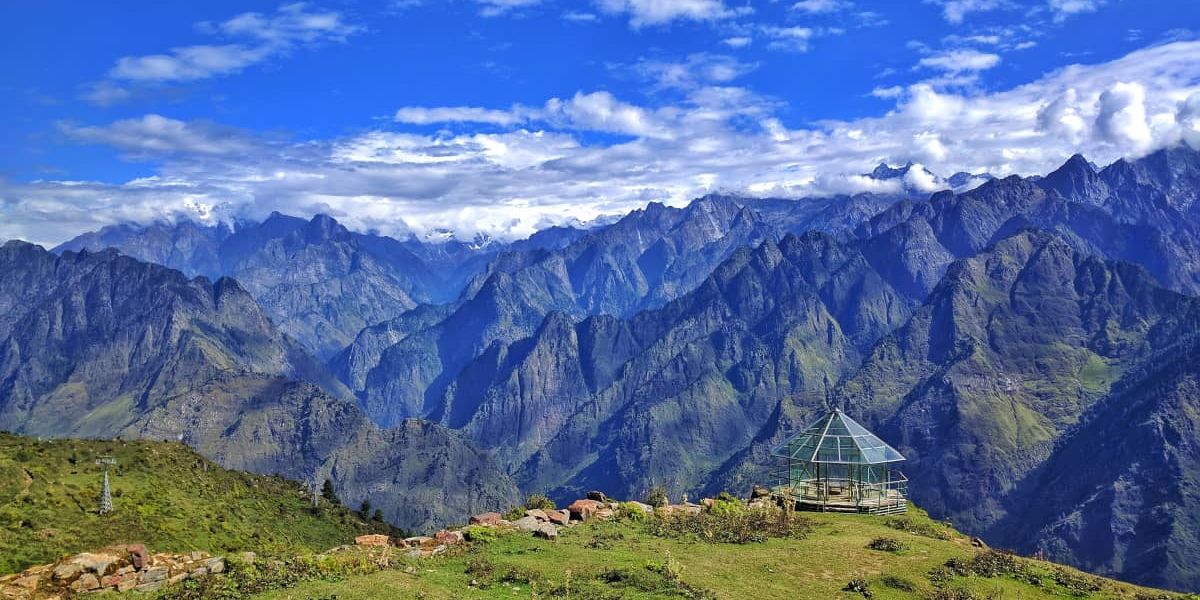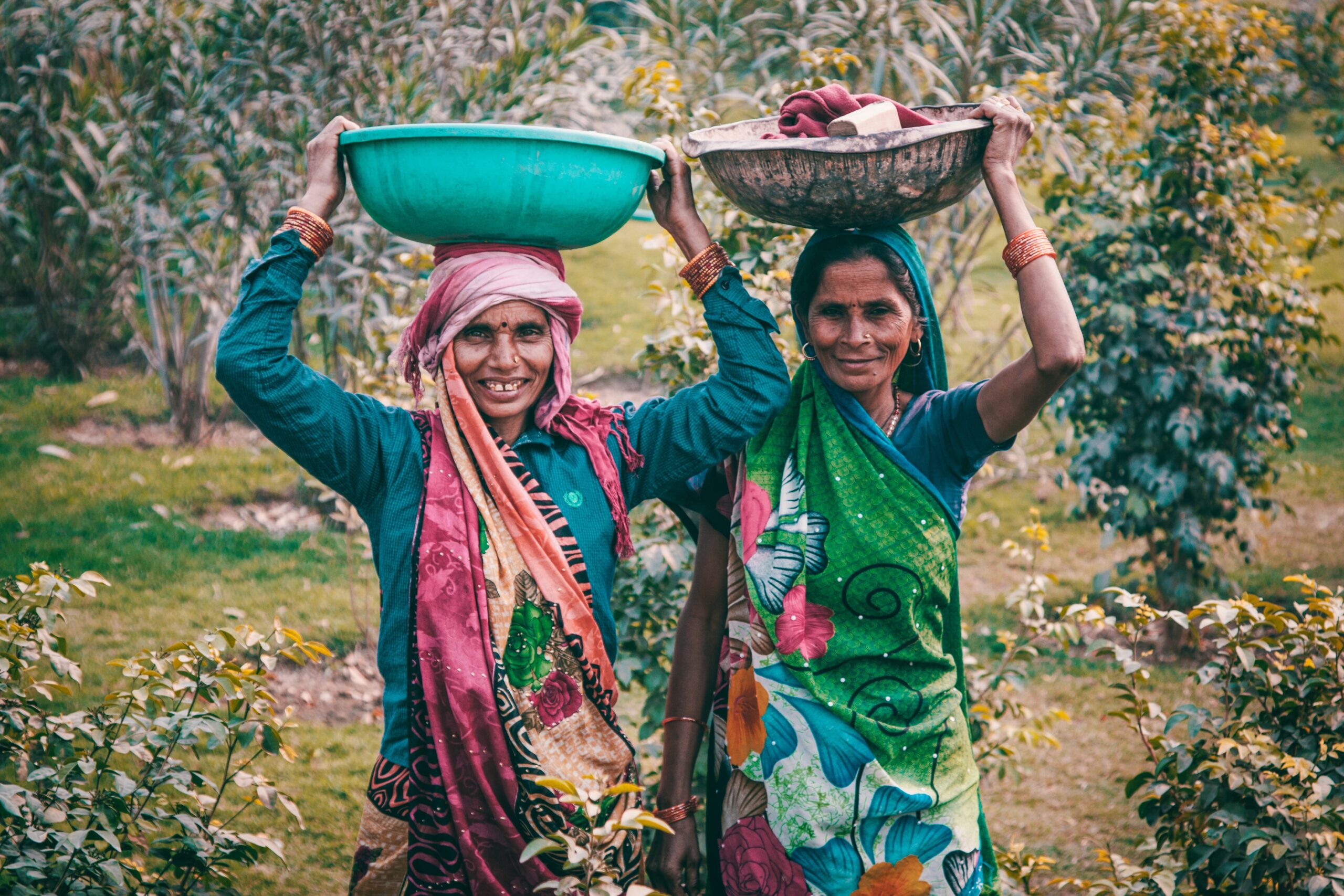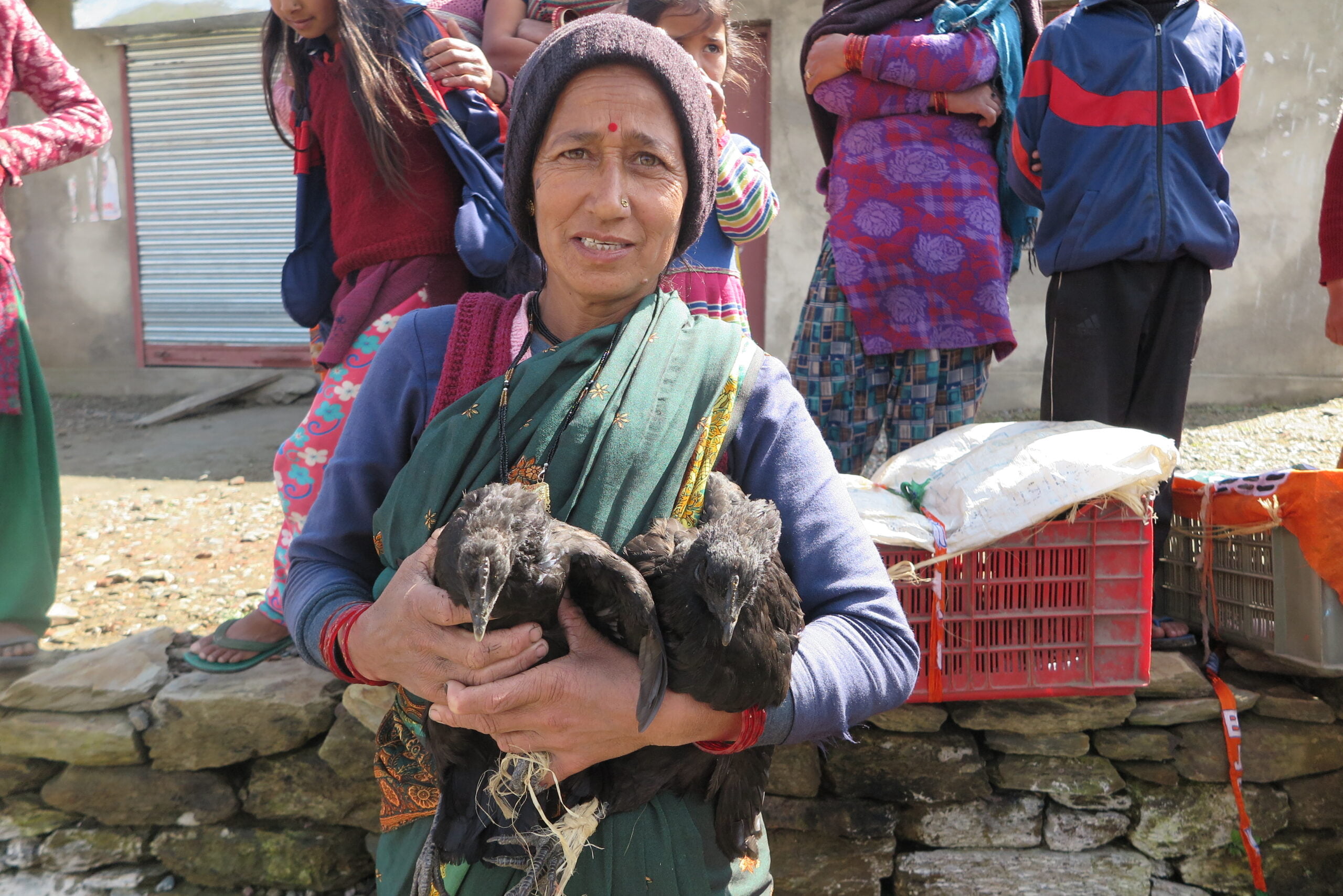Covid-19. Indian village tourism -Kumaon Village Trek- and a small charitable effort though GFM
When do you expect international tourism to return to pre-pandemic 2019 levels in your country?

UNWTO conducted a global survey among its UNWTO Panel of Tourism Experts on the impact of COVID-19 on tourism and the expected time of recovery.
Data as collected by UNWTO, May 2022. Published: 06/06/2022
Asia Pacific region is yet to achieve its normalcy in terms of international tourist flow by 2024 or later, with 64 percent compared to pre-pandemic time. In these circumstances, the Indian inbound tourism sector is undoubtedly waiting for momentum. The worst affected areas are the remote villages in India, which depend directly on the income generated through tourist activities.
In Uttrakhand State (Tourism is part of the services sector which contributed over 51% to the total GSDP (Gross State Domestic Product) from 2004-05 to 2013-14).
Kumaon region is one of the most affected areas due to the pandemic. We have decided to respond to that situation with our small GFM effort, extending from the urban cities to the remote villages. Our attempt to distribute a unique variety of Black chickens(Kadaknath) in the area nearby the Almora region aims to provide a sustainable income in the long run. We aim to equip them with baby chickens, four pc each, to covid affects families.
We have been doing it since August 2021 with four efforts distributing more than 350 chickens in 4 villages, Chalnichinna, Naugaon, Kabulikhan & Gailakot,Small villages with polulation ranges between-200-500, with our 5th effort about to take place in Spt. 2022 the Kasar Devi area close to Almora town.

With the Kind help of My dearest friend & traveller Mr. Edwin Hacking (a photographer by profession) from Pacifica, USA, we appealed to the standard international public to donate to cater to the ailing situation caused during the pandemic in 2020. I have been personally managing the entire operation in India with the help of our kind volunteers from many states. We are focusing on the Utrakahnd area to help the local families affected due to Covid and the loss of income.
"Local communities benefit from sustainable tourism activities and, at REGENERA, we are proud to help as our friends in Uttarakhand. Giving visibility to their real needs and support to those willing to improve their wellbeing is a key driver and path to follow". Hector de Castro
What is the long-term aim we have?
We wish, over time, for families to grow an extraordinary variety of baby chickens, creating an alternative market for the poultry firms there. The local suppliers can cater to the resort & hotels in the region and boost the local economy as the particular variety is a very demanding breed in India; this variety is unique and creates a niche market in the area. The recipient family can gain financial benefit from it with the help of the sustainable tourist community in the long run.

Beginning of the motivational journey-Kumaon Village Trek
German adventurer Deter Reeb was stationed in Almora region in 2002; he was an avid adventure lover then. He used to travel to different places, predominantly in the remote areas of Kumaon hills. He was managing an eco-friendly property, one of the first of its kind in the Almora region. He was so keen to build an eco-friendly property that he built a rainwater harvesting plant. Deter used to travel in the remotest corner of Kumaon region, which includes Nanda Devi east in Panchu valley, Panchachuli base camp located in Dharma valley, Pindari glacier the source of Pindari river located in Pindar valley, were not only the remote places but completely different in terms of cultural aspects as well. He used to travel with his friends and tourists visiting his property.
After he left India I got an opportunity to work at the same property where I could manage to see his travel stories along with photographs of the different, unique, and remote places of our country. I decided to leave the job and start my entity Kumaon Village Trek. It took me years to gather light-minded travelers who could take a chance to travel to the remote villages of our country. Luck clicked, and I managed to conduct my first trip to Pindari glacier and Nanda Devi base camp along with two adventure-loving ladies, Tessie and Anna, from The United States in 2016. I was fortunate to write my first article through the Pure&Eco India magazine. The following years were with more tourists, which led our entity Kumaon Village Trek and me to travel to many remote and unique places, including Sunderdunga Valley, Panchchuli Base Camp, Kafni glacier, etc.
These places are unique in the sense of their aboriginal cultural belonging, gastronomy, local flora, and, most importantly, secluded. To reach there from the road-head, people have to hike for days. I continued visiting those places with our light-minded guests all over the world. Before the pandemic, our last trip to Panchachuli Base Camp was unique, with American tourists and German volunteers traveling to those remote villages, which include Nagling, Baling, Duktu.
In Sunderdunga Valley Jatoli, Guwali, Khati, we not only managed to provide adventure and hiking activities, but we could also assimilate the first-world urban life to the hidden village life of India where they live with minimum facilities in the lap of mother nature.

What we aim to do in Kuamon Village Trek?: A creative social entrepreneurship entity
- Introducing guests to the remote Himalayan villages, with their culture and way of life,
- Employ locals with their service and offer them some income
- Introducing the guests to the unknown areas of our remote village life assimilates them with the beauty of a simple way of life
- Introducing the guests to the traditional historical roots of the Himalayas
- Encouraging hikes and expeditions to the remote villages
- Introducing the guests to different glaciers & sources of important rivers and the impact of global warming on them
- Introducing the guests to the local herbs from the different valleys encourages them to naturopathy or the organic way of living, exploring the local herbs & their importance in dietary
- Promoting sustainable tourism with the help of a unique variety of Local vendors like hotels, resorts, and boutique properties
- Encouraging eco-tourism with different measures taken locally
- Encouraging village tourism in a sustainable way
- Taking part in different international social and charitable efforts, for example, helping the local villages with a rare variety of black chickens periodically starting from the covid times to boost the local ecosystem, that chicken can play a role to serve the tourists in those areas.
- We are emphasizing awareness of wildlife & conversation in the remote Indian villages through the education & consulting process with the help of our international guests.
- Creating a value for road less travel in India-We think we should experience our guests with a cut-off world and make them understand their importance; the locals from different remote villages can play a pivotal role in helping conserve the fragile ecosystem up there.
- Creating a value system with the help of a simple way of life.The local villagers teach some primary and vital catalyst changes to the modern world to balance life's ecosystem.
- Making our guests understand the local gastronomy & the importance of an organic way of livingMost of the villages we travel to in the Indian Himalayas offer a fascinating yet complex organic living system. The excellent age-old barns they offer can be a research subject for many how to prepare natural fertilizer
- We try to educate the village children to give education regarding the local fragile eco system-plastic pollution-organic way of living
We try to reach out to the needy families with basic medic and treatment the with the help of our traveling medical expert &support staff- we would like to mention our effort on Nagling village when we travelled there in 2018,old lady was badly need of medical attention where we could help them with basic medical treatment.
Some of the critical challenges of sustainable tourism in rural India today
-Today, tourism is a major source of income for many countries and affects the economy of a country. Its importance was recognized in the Manila Declaration on World Tourism of 1980 as "an activity essential to the life of nations because of its direct effects on the social, cultural, educational, and economic sectors of national societies and on their international relations."
- Lack of awareness on the grass root level- Lack of education and training opportunities-infrastructure is also a key issue
- for example, There are a few properties in the Kumaon region practice the rainwater harvesting technique, but the number needs to increase to balance the local ecosystem
-Transparency and awareness of the state Gov. funding & loan subsidy system is a crucial area I believe needs to on focus right now.
